US chemists say that their new results ‘refute and replace the dominant idea’ of how individual molecules come together to form crystals. Peter Vekilov from the University of Houston and colleagues provide fundamental insights into how dissolved molecules add to growth sites, called kinks, once they get there.
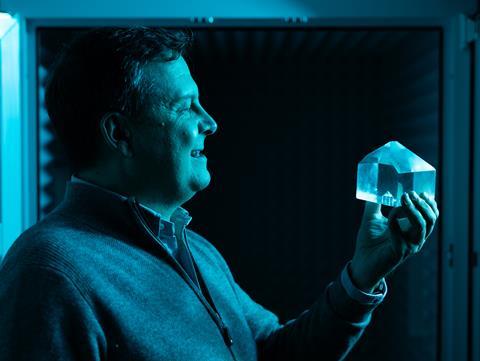
They provide new evidence that temporary bonds briefly hold molecules less than a nanometre away from where they permanently attach to a crystal. This determines how easily and quickly the crystals grow. ‘Our revolutionary discovery is that incorporation into kinks may occur in two steps divided by an intermediate state,’ Vekilov tells Chemistry World. If widely accepted, that would overturn the existing idea that how strongly solvents bind the molecules has the determining role in crystal growth rates.
A crystal’s growth rate reflects how easily molecules assemble into crystals and grow larger. The molecules join at the end of unfinished rows of their fellows, first called halb kristalle or ‘half-crystal positions’ by German researchers in the 1920s. English-speaking scientists have referred to the same sites as ‘kinks’ since at least the 1950s.
Vekilov has thought about this process for 40 years, since his masters’ degree thesis in Alex Chernov’s lab at Lomonosov Moscow University, Russia. Chernov originated the idea that the strength of non-covalent bonds between a solvent and the molecules dissolved in it determine how quickly crystals made up of those molecules grow.
Making movies
Working with Chernov, Vekilov realised that how dissolved solute molecules reach the kinks ‘masks and obscures the chemical reactions that occur at the microscopic length scale’. ‘The main obstacle to deeper understanding to date has been the lack of data on the act of molecular incorporation, which is coupled to the preceding complex kinetics of transport from the solution to the growth sites,’ Vekilov says. Now the time has come to address the chemical mechanism, he adds.
The Houston researchers studied how etioporphyrin I crystallises from four different solvents: butanol, hexanol, octanol and DMSO. Atomic force microscopy (AFM) can provide nanometre-resolution images detailed enough to image individual molecules in a crystal, but not quickly enough produce movies of crystal growth. Therefore, Vekilov’s team used less detailed AFM along with x-ray diffraction to take quicker snapshots. These methods capture stop-motion movies showing the edges of rows of etioporphyrin I molecules shifting as the molecules deposit from solution.
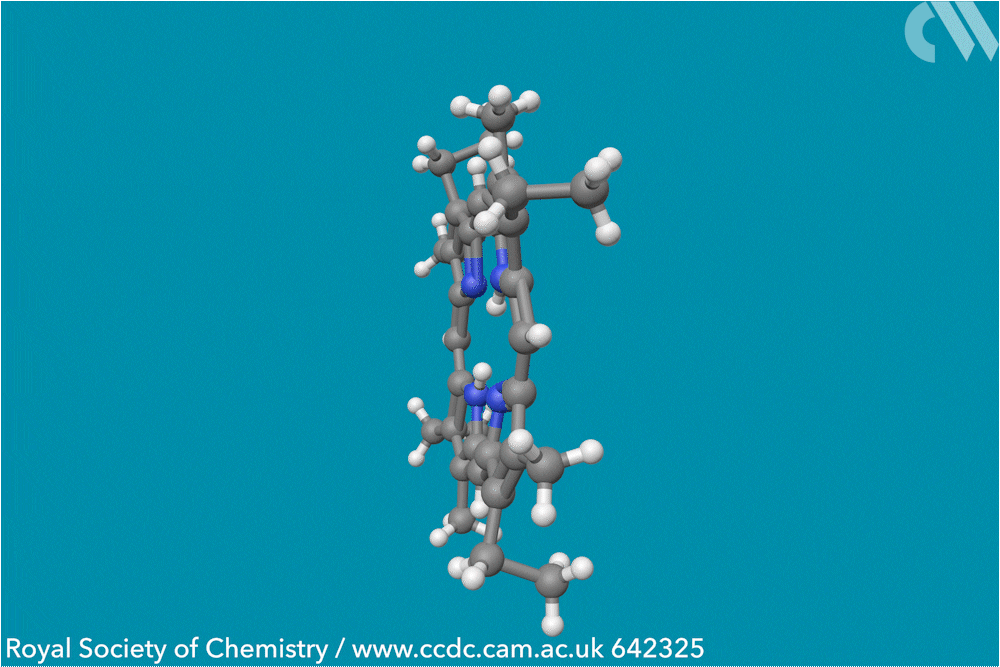
The growth rate increased in direct proportion with the etioporphyrin I solutions’ concentration, showing that just one molecule deposits at a time. If more than one deposited at a time, the growth rate would increase much faster with concentration.
Conventional wisdom regarding crystal growth is that molecules crystallise faster from solvents to which they bind less strongly. As such etioporphyrin I should crystallise quickest from butanol and about equally fast from DMSO, hexanol and octanol. Instead, it had the same growth rate in butanol, octanol and hexanol and grew more slowly from DMSO solutions . Therefore, the strength of binding between etioporphyrin I molecules and solvent does not determine the crystal growth rate.
Redefined mechanism
The Houston researchers argue that etioporphyrin I molecules add to kinks directly from solution, rather than arriving from elsewhere on the crystal surface. That’s because kinks positioned closely together grow as quickly as those that are far apart. If the molecules arrived from elsewhere on the surface, nearby kinks would compete for them, slowing down growth rates.
To understand how etioporphyrin I molecules might add straight from solution to the kink, Vekilov’s team ran computational molecular dynamics simulations. They showed the molecules temporarily bonding to the crystal 0.4nm away from their final resting place, with solvent filling the gap. The slower crystal growth rate from DMSO arises because more DMSO molecules can fit in the gap than the other solvents. These DMSO molecules orient themselves to make the intermediate state more stable.

These experiments offer ‘valuable insights into the kinetics of the reaction at kink surfaces’, says Nornizar Anuar from Universiti Teknologi MARA in Malaysia. They demonstrate ‘that molecule incorporation involves the redefinition of the classical transition state into a new intermediate state in crystallisation’.
‘The insights gained from this can lead us towards combined crystal structure prediction with experimental methodology,’ says Karen Robertson from the University of Nottingham, UK. Identifying intermediate structures and how solute molecules influence their stability is particularly interesting to the crystallisation community who seek to control structure, she adds.
The work is ‘an elegant study of the fundamental mechanisms of crystal growth’, according to Allan Myerson from Massachusetts Institute of Technology, US. He agrees that it will aid ‘development of methods to control the rate and morphology of grown crystals’.
Vekilov recognises that the study does not conclusively prove that the mechanism is widespread, as it only concerns one substance. However, he plans more experiments to provide further supporting evidence.
References
R Chakrabarti et al, Proc. Natl. Acad. Sci. USA, 2024, DOI: 10.1073/pnas.2320201121





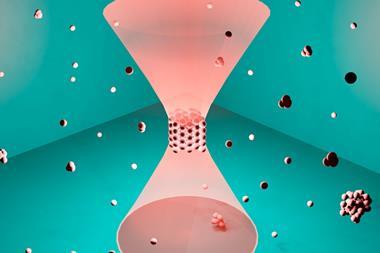
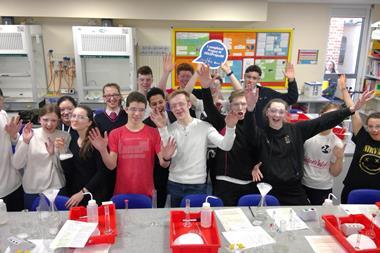


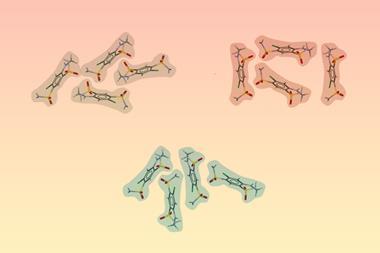







No comments yet